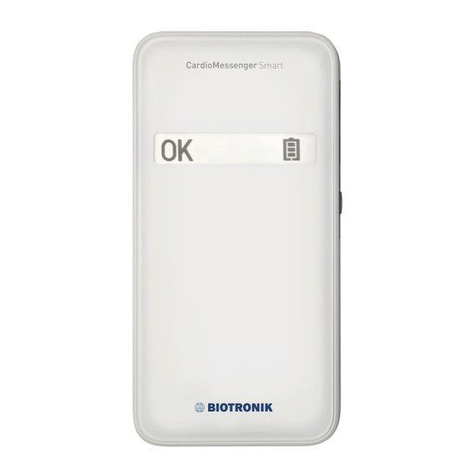
1
Table of Contents
Indcatons/ontrandcatons/Warnngs/Precautons/
eneral Safety Instructons...................................................................3
Overvew.............................................................................................. 18
System Overvew ................................................................................. 19
Startng Relaty ................................................................................... 20
onnectng to Relaty...........................................................................22
External Montor.....................................................................................22
Patent ables ........................................................................................23
User Interface ..................................................................................... 24
Buttons ...................................................................................................24
raphcal Interface................................................................................. 26
hannel Selecton ..................................................................................29
Testng................................................................................................. 30
Sensng ...................................................................................................30
Threshold and Impedance .....................................................................31
onducton and Wenckebach.................................................................32
Burst Pacng...........................................................................................34
Maxmum Pacng....................................................................................35
Safe Program ...................................................................................... 36
Prnt and Export .................................................................................. 37
Report Screen.........................................................................................37
Report Lst..............................................................................................38
Devce Settngs.................................................................................... 40
Preferred Settngs..................................................................................40
System Settngs......................................................................................41
Vsual and Audo Sgnals ..................................................................... 43
Patent ables ..................................................................................... 44
Power Supply....................................................................................... 45
Battery Exchange ...................................................................................46
Power Supply Management ................................................................... 47
Techncal Speccatons ...................................................................... 49
leanng..................................................................................................49
Devce Speccatons..............................................................................49
Speccatons/System Messages/Symbols......................................... 53




























